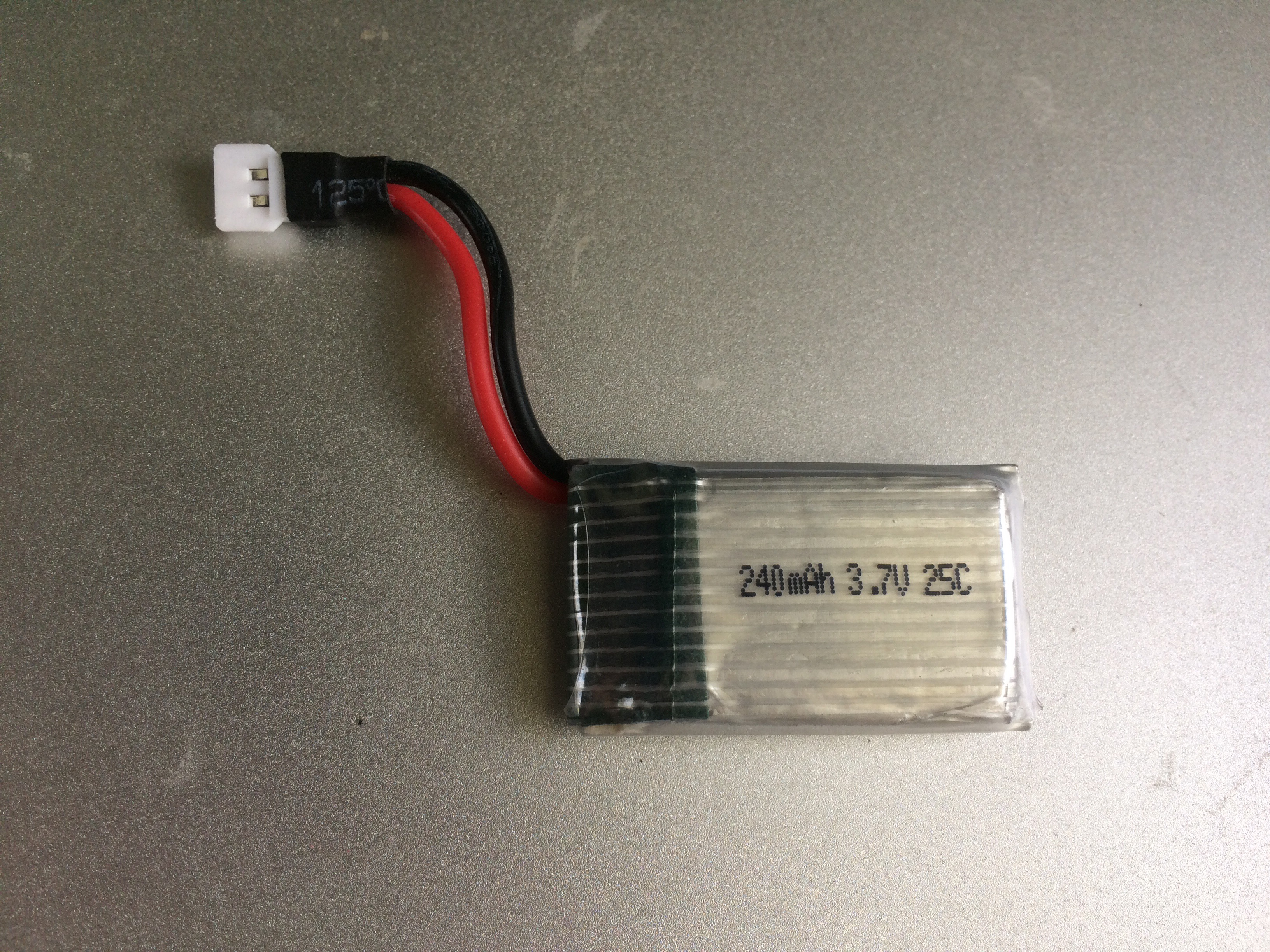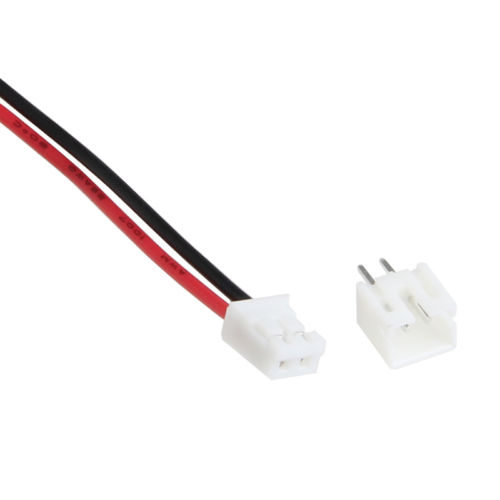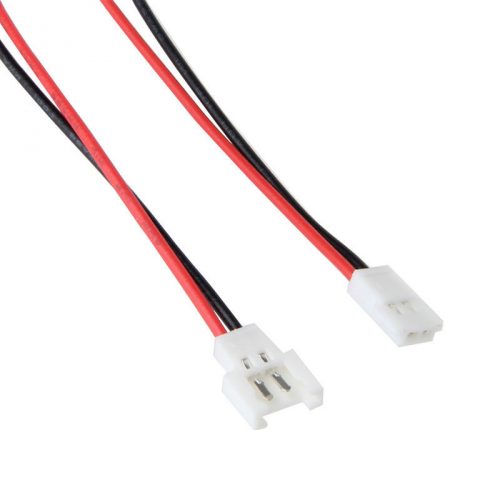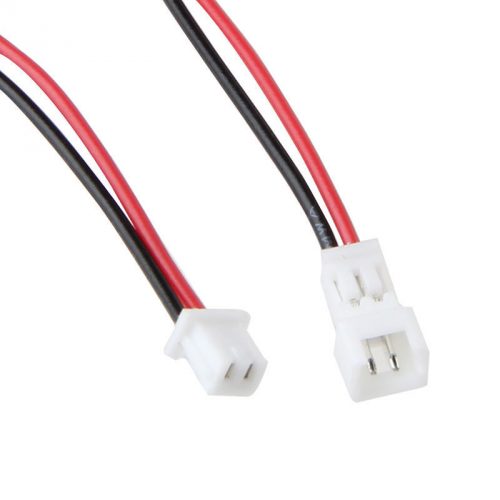Weighed the frames I got my hands on. Will add frames as I come across them.
Also check out my canopy survey.
*Note that these should be considered relative weights since I’m not sure if my scale is properly calibrated.
Weighed the frames I got my hands on. Will add frames as I come across them.
Also check out my canopy survey.
*Note that these should be considered relative weights since I’m not sure if my scale is properly calibrated.
I wanted to practice acro mode flying so I did a rebuild of my Furibee F36-based low-profile tiny whoop.

The Furibee F36’s stock 150mAh batteries are good for around 5 minutes of flying. But that’s without FPV gear. With FPV gear, that goes down to around 3 minutes. If you want to get back some of that flying time, you’ll have to put in bigger batteries.
There are three problems with bigger batteries. First, they will be a tight fit (or won’t at all) in the stock battery bay. Second, they will cover the battery connector. Third, they will offset the center of gravity. We need to address these problems before we can fly.
Here are common Tiny Whoop battery connectors you will encounter.
JST PH 2.0
2mm pin distance; Also known as MCPX, JST-2.0; Found in the Furibee F36, Eachine E010/11, JJRC H36.

Molex Battery 2.0
2mm pin distance; Also known as Micro Losi, Walkera; Found on many toy quads and batteries.

Molex Battery 1.25
1.25mm pin distance; Also known as Molex Picoblade, E-flite, JST-1.25 (wrong term since JST-GH is the real 1.25 JST connector); Found on Blade Inductrix and KingKong Tiny 6/7.

I want to install the Flysky A8S receiver on the KingKong Smart100 but, unfortunately, the cable that came with the receiver requires directly soldering to the flight controller board. There’s already a 4-pin JST-SH connector in place and it’s better to use that. I didn’t have a 4-pin JST-SH connectors but I did have two 3-pin JST-SH connectors from my video transmitters. That’s something we can work with.